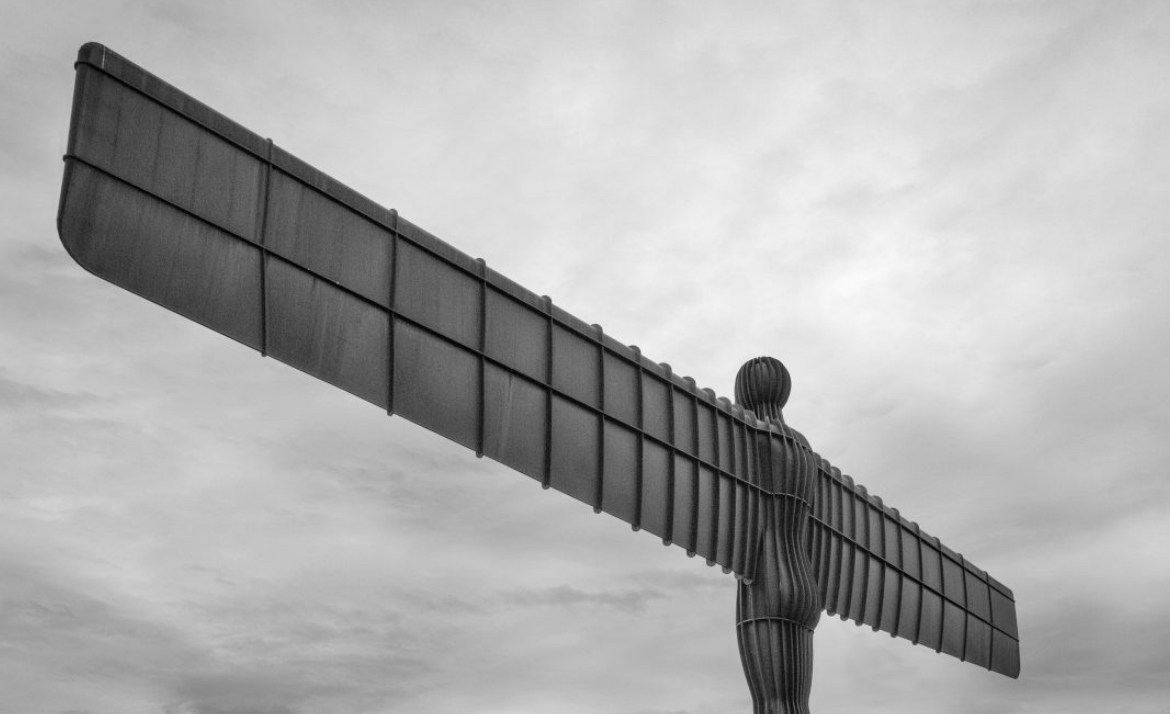This website uses cookies
This website uses cookies to enable it to function properly and to analyse how the website is used. Please click 'Close' to accept and continue using the website.



Image © Historic England
The Metropolitan Cathedral of Christ the King in Liverpool has been upgraded to Grade I listed status, following advice from Historic England and support from C20 Society. The cathedral, previously Grade II* listed, is now nationally recognised as a building of the highest architectural and historical interest, and joins Liverpool Anglican Cathedral as one of the few places of worship completed in the late 20th century to be designated at the highest grade.
Designed by architect Sir Frederick Gibberd and built between 1962 and 1967, the cathedral represents the greatest Roman Catholic post-war architectural commission in Britain. It was built over an earlier Sir Edwin Lutyens-designed crypt, intended to be part of a grand classical-style Catholic cathedral in Liverpool that began in the 1930s, but construction was halted, largely due to financial constraints and the outbreak of the Second World War. The upgrade of the cathedral’s listing status reflects a deeper understanding of Gibberd’s architectural vision and the cathedral’s significance as an international example of progressive Roman Catholic architecture during the mid-20th century.

Image © Historic England
A revolution in cathedral design
The cathedral’s revolutionary design features make it an architectural landmark of the highest order. Gibberd’s centralised plan with a unified worship space was unprecedented in British cathedral design, allowing congregations to participate more fully in the visual drama of the Mass. The striking central lantern or ‘corona’ filled with coloured glass by John Piper and Patrick Reyntiens uses an innovative technique of cementing glass with epoxy resin pre-cast within tracery of thin concrete ribs – a method invented specifically for this building.
The cathedral also features numerous artistic collaborations of exceptional quality, including William Mitchell’s Evangelist entrance doors and carving to the bell tower, Elisabeth Frink’s crucifix, David Atkins’ geometrical floor pattern, Ceri Richards’ work in the Chapel of the Blessed Sacrament, and coloured glass by Margaret Traherne in multiple chapels.
This fusion of modern architecture with fine art epitomises the progressive shift following the Second Vatican Council (1962–1965), which emphasised the full, conscious, and active participation of the congregation in Catholic worship.

Image © Historic England
Sir Frederick Gibberd
Sir Frederick Gibberd (1908-1984), who was knighted in 1967, was a leading figure in the emergence of Modern architecture in Britain. He made major contributions to Britain’s post-war reconstruction and civic design, including Harlow New Town, the first Heathrow terminal buildings, and several power stations.
Hopwood Hall Chapel listing enhancement
Alongside this upgrade, the description of the existing Grade II listing for Hopwood Hall Chapel in Middleton, Greater Manchester has been enhanced. Built in 1964-1965 to Gibberd’s designs and executed by Reynolds and Scott, this smaller chapel shares design features with its more famous Liverpool counterpart, including a centralised sanctuary lit by a lantern tower of concrete and coloured glass.

Image © Historic England
Catherine Croft, Director of C20 Society, commented:
“The ‘Wigwam’ or ‘The Mersey Funnel’, as it’s affectionately known among locals, is unique in world architecture and has long been a powerful homecoming beacon for Liverpudlians. Liverpool may have controversially lost its World Heritage status, but it now rightly has two magnificent Grade I listed cathedrals which together demonstrate just how varied, exciting, and emotionally uplifting twentieth century architecture can be.
A great vessel of post-war glass, sculpture and design, the listing upgrade will help ensure the cathedral’s careful long-term conservation and appreciation by all who visit – to worship or just to marvel.”
John Sherrington, Archbishop of Liverpool, added:
“I welcome the announcement that Liverpool Metropolitan Cathedral of Christ the King has been recognised as a Grade I listed building. It commands the Liverpool skyline and is visible for miles around. The building has been described as ‘the soul of the city’ and brings hope to thousands who visit each year. The colours of the stained glass and revolutionary architectural style help raise their minds and hearts beyond this world to the transcendent and to God.
It is very significant that the cathedral has been recognised during the Jubilee Year which has the theme ‘pilgrims of hope’. I hope the upgraded listed status allows us to welcome even more pilgrims to our striking Mother Church. I thank all who have contributed to the upkeep and repair of the building for over 60 years and pray that we may care nationally for this building of the highest architectural and historical interest.”

Image © Historic England

Become a C20 member today and help save our modern design heritage.